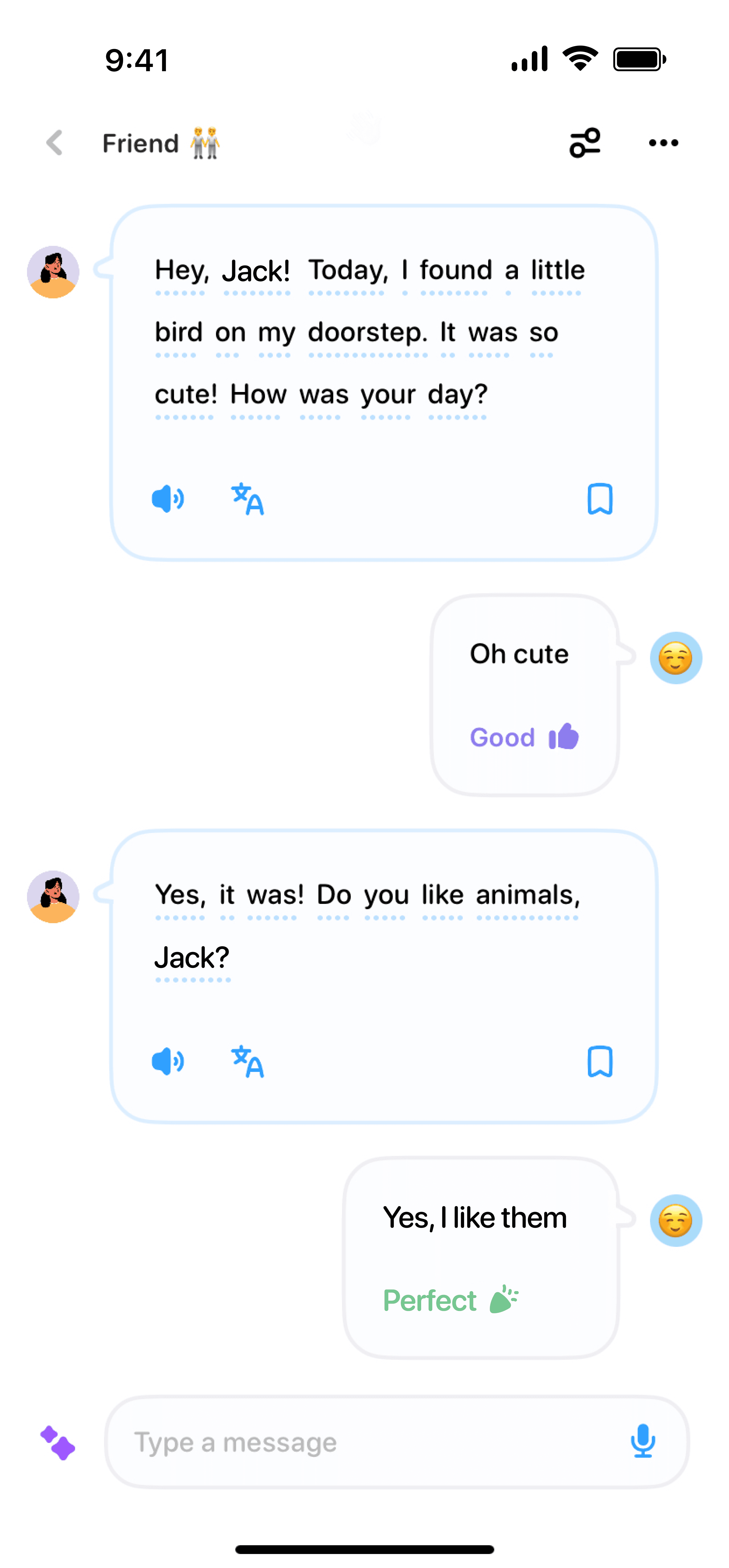07/20/2024
·
Emma Robbie
Finding the right AI transcription app can be a game-changer for anyone who regularly works with spoken content, whether it be meetings, interviews, lectures, or podcasts. With a dizzying array of options available, how do you choose the best one suited for your needs? This ultimate guide will walk you through everything you need to know to make an informed decision.
Why You Need an AI Transcription App
First, let's answer the question: why do you even need an AI transcription app? Here are some compelling reasons:
Save Time: Automate the mundane task of transcription and focus on more important work.
Improve Accuracy: Advanced AI can offer near-perfect accuracy in transcriptions.
Enhanced Accessibility: Make your content more accessible for diverse audiences.
Better Organization: Easily search and categorize your recordings and their transcriptions.
Key Features to Look For
Accuracy
The primary feature you should be concerned with is transcription accuracy. Look for apps that use advanced AI algorithms and natural language processing to provide transcriptions that are close to 100% accurate. Read user reviews and test out the service with different kinds of audio to see how well it performs.
Language Support
Do you need transcriptions in multiple languages? Ensure the AI transcription app you choose supports the languages you need. Some apps offer a robust variety of language options, while others are limited to just a few.
Real-Time Transcription
If you're using the app for live meetings or events, real-time transcription is a must-have feature. This function allows your audience to read along as the conversation happens, providing a smoother and more accessible experience.
User-Friendly Interface
A complex and clunky interface can be a big turn-off. Choose an app that is easy to navigate, even for people who aren’t tech-savvy. The setup process should be straightforward, and the app should be intuitive to use.
Export and Integration Options
At some point, you'll likely want to export your transcriptions or integrate them with other tools. Look for apps that offer various export formats like text, pdf, and cloud storage options. Integration with other tools like CRM systems, email platforms, or project management software can also be a significant advantage.
Security and Privacy
When dealing with sensitive information, security, and privacy become critical. Ensure that the AI transcription app complies with relevant data protection regulations and uses encryption to keep your data safe.
Popular AI Transcription Apps to Consider
Otter.ai
Otter.ai is known for its excellent accuracy, real-time transcription, and easy-to-use interface. It supports multiple languages and offers advanced features like speaker identification. You can seamlessly integrate Otter.ai with tools like Zoom for a smooth workflow.
Rev.ai
Rev.ai offers high-accuracy transcriptions with fast turnaround times. While it may not offer real-time transcription, its manual and automated transcription services are top-notch. It also supports various export options and integrations.
Sonix
Sonix provides automated transcription with good accuracy and a user-friendly interface. It offers robust language support, real-time transcription, and various export formats. Security features include end-to-end encryption, making it a good choice for sensitive projects.
Descript
Descript is a powerful transcription app with a twist: it doubles as an audio and video editor. This makes it ideal for podcasters, video creators, and anyone who needs to edit recordings. The transcription feature is accurate and integrates well with its editing tools.
How to Choose the Right One for You
Now that you know what to look for, how do you actually choose the best AI transcription app for your needs? Here’s a step-by-step approach:
Define Your Needs: Identify what you specifically need from a transcription app—accuracy, language support, real-time capabilities, etc.
Research: Look at multiple apps, read reviews, and possibly consult with peers who have used these tools.
Test Multiple Apps: Take advantage of free trials to test several apps and see which one meets your requirements the best.
Check Pricing: Ensure the app fits your budget while providing the features you need. Sometimes paying a bit more for better accuracy and features is worth it.
Customer Support: Good customer support can be a lifesaver. Ensure the app you choose has responsive and helpful customer service.
Conclusion
The best AI transcription app for you largely depends on your specific needs, whether it’s high accuracy, multi-language support, real-time capabilities, or easy integrations. By considering the key features and testing out different options, you can find an app that will help you save time, enhance productivity, and make transcription a breeze. Happy transcribing!


